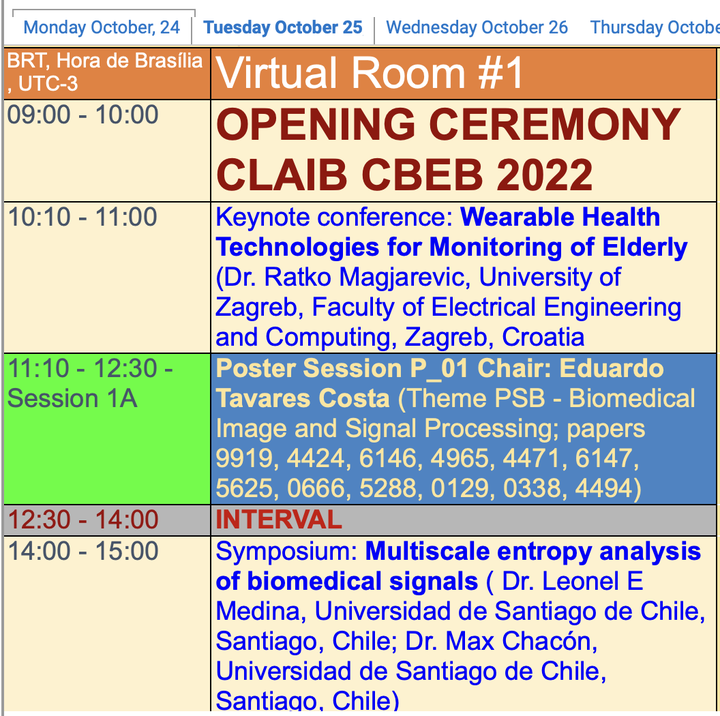Multiscale Entropy Analysis of Biomedical Signals

Abstract
Recently, there has been growing interest in the use of entropy tools for biological signal analysis after the introduction of the multiscale entropy (MSE) method. Under this framework, a measure of the disorder or entropy of a physiological output is calculated for multiple time scales, resulting in a MSE curve that provides an estimation of the degree of complexity of the physiologic system. It has been postulated that complexity breaks down with aging and disease, i.e., the complexity-loss theory. Recent evidence supports this theory, and several studies have demonstrated its application to detection of heartbeat irregularity, postural control alterations and postoperative neurocognitive dysfunction, as well as diagnosis of depression, Parkinson’s disease, schizophrenia, and Alzheimer’s disease. The main goal of this special session is to review several entropy and complexity tools for biomedical signal analysis, and discuss their application for diagnosis of neurodegenerative and other diseases. More specifically, we will discuss recent findings on electroretinogram recordings from healthy and 5xFAD -an animal model of Alzheimer’s disease- mice that support the complexity-loss theory applied to retinal electrophysiology. As well, we will present findings on Parkinson’s disease detection using complexity-entropy planes of haemodynamic signals, and will discuss the use of these planes for ischemic crisis analysis. We believe that the MSE analyses may be of interest to a broad audience within the BME community, and that researchers may find these tools applicable to a myriad of biomedical problems.